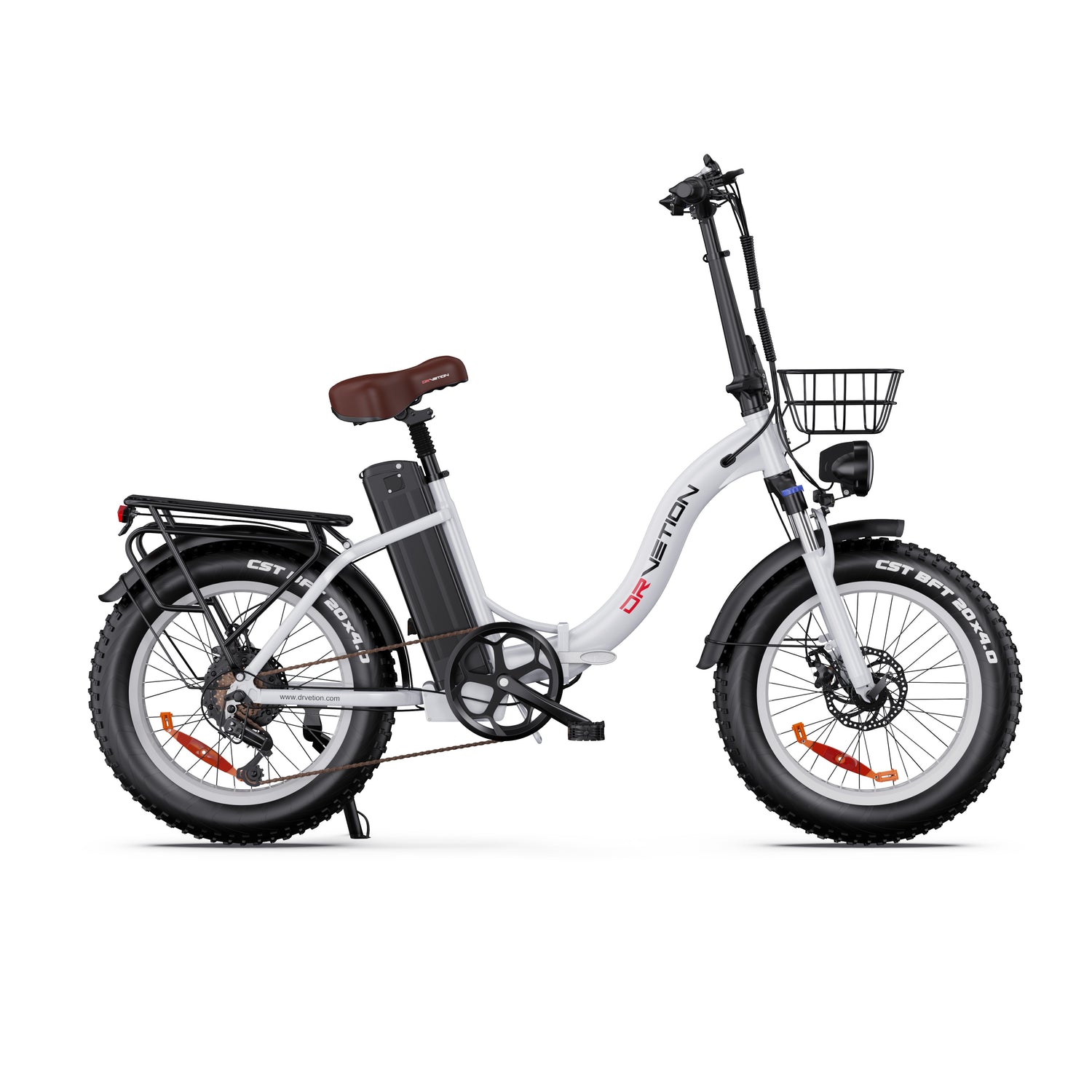Keeping your bike chain clean isn't just about looks – it's crucial for performance and longevity. A clean chain ensures your bike runs smoothly and efficiently, helping it perform closer to its original factory condition.
More importantly, regular and proper cleaning prevents stubborn grime buildup. This grime, acting like sandpaper, is the primary cause of chain wear. By removing this abrasive grit promptly, you significantly extend your chain's lifespan.
The benefits are tangible and measurable. Independent lab tests confirm that a dirty chain drastically reduces efficiency:
Power Loss: A rider putting out 250 watts can lose 3-5 watts (1-2%) just from chain dirt. Friction increases when the chain isn't clean and lubricated.
Friction Cost: While a clean, lubricated chain might only consume about 7 watts of power on the road, a dirty chain can add at least 3 watts of extra loss. This wasted power increases with dirtiness, potentially reaching up to 12 watts in extreme cases.
Saving Money: This wear doesn't just cost watts; it costs money. A worn chain rapidly wears out expensive sprockets and chainrings. Regular cleaning is a small investment that saves you significant costs on replacing these drivetrain components later.
When Cleaning Isn't Enough: It's true that replacing a severely worn chain is the quickest "fix." Once a chain is stretched beyond its limit (usually 0.5-0.75% elongation), cleaning can't restore it. The key is preventative maintenance: remove and thoroughly clean your chain with proper tools as soon as you notice contamination or the first signs of wear, well before it's excessively worn. This maximizes its life and protects the rest of your drivetrain.
Should You Remove the Chain to Clean It? The Great Debate.
There's significant disagreement among cyclists about whether removing the chain for cleaning is necessary or advisable.
While it was once common practice to take the chain off and shake it in a detergent-filled can, this method has largely fallen out of favor. Modern drivetrains, with their increased gear counts (10, 11, 12 speeds), feature components machined to much tighter tolerances. The old, simpler cleaning methods are often too harsh and imprecise for today's chains.
Crucially, the issue centers on the chain's reusable connecting link ("quick link" or "magic link"):
-
7, 8 & 9-Speed Chains: Their reusable links are generally durable enough to be safely removed and reinstalled 2-3 times.
-
10, 11 & 12-Speed Chains: The reusable links for these higher-speed chains are typically designed for single use only. Reusing them causes wear that compromises their strength and integrity, posing a significant safety risk (potential failure while riding).
Therefore, for modern 10/11/12-speed chains:
-
Strong Recommendation: If you do remove the chain for cleaning, always install a brand new reusable link when putting it back on. Reusing the old link is dangerous.
-
Alternative: For this reason, many riders and mechanics now prefer cleaning methods that do not require chain removal at all, avoiding the link reuse issue entirely.

Chain Cleaning Tools & Methods: Choosing What's Best
1. Deep Clean Champion: Ultrasonic Cleaning (For the Dedicated)
Effectiveness: Removing the chain and cleaning it in an ultrasonic cleaner is arguably the most effective method for tackling stubborn grime, yielding visibly "like-new" results quickly (often within 5 minutes).
Pro Tip: For heavily soiled chains, pre-scrubbing with a stiff brush before ultrasonic cleaning can speed up the process. Always rinse thoroughly with clean water after ultrasonic cleaning and allow the chain to air dry completely.
Crucial Warning: Never soak the chain in cleaning solution for extended periods. Prolonged exposure can corrode metal components and lead to surface cracks, weakening the chain.
2. Accessible & Effective: Brush Cleaning (For Everyone)
Tools: Most riders can achieve excellent results using common household items: a sturdy dish brush, an old toothbrush, or even a dedicated (clean!) toilet brush. Avoid harsh abrasives.
Absolute No-Go: Steel Wool. Using steel wool balls is highly likely to cause significant damage to your chain's surfaces and should never be used.
3. Cleaning Location & Solvent Safety
Location: Regardless of your method (brush, rag, or ultrasonic), cleaning is inherently messy. Always perform this task outdoors or in a well-ventilated workshop area to avoid contaminating your living space.
Solvent Choice: Prioritize safety and environmental responsibility. Avoid harmful solvents containing diesel, benzene, gasoline, or acetone. Opt for biodegradable, bike-specific degreasers or environmentally safer alternatives readily available.
4. Critical Protection for Disc Brakes
Risk: Chain cleaning involves degreasers and oils that can easily contaminate disc brake rotors, leading to dangerous loss of braking power.
Solution: Before starting, remove the rear wheel or securely wrap the brake caliper and rotor in a plastic bag to prevent any splashing contamination.
5. Degreaser Choice: Metal Cleaner vs. Bike-Specific?
Both Work: Don't overcomplicate this. Both standard metal degreasers/cleaners (found at hardware/grocery stores) and professional bike chain cleaners will effectively remove grime.
Addressing a Common Concern: Some riders worry strong degreasers strip internal lubricant, shortening chain life. However, research shows fresh lubricant applied after cleaning penetrates the chain's internal rollers and bushings effectively within minutes once dripping stops.
The Real Key: Thorough rinsing (to remove all degreaser residue) followed by complete drying and proper re-lubrication is far more critical for chain longevity than the type of degreaser used (within reason).
Personal Preference: With numerous options (varying prices, scents, eco-profiles), choose a readily available degreaser that suits your budget and preferences.


